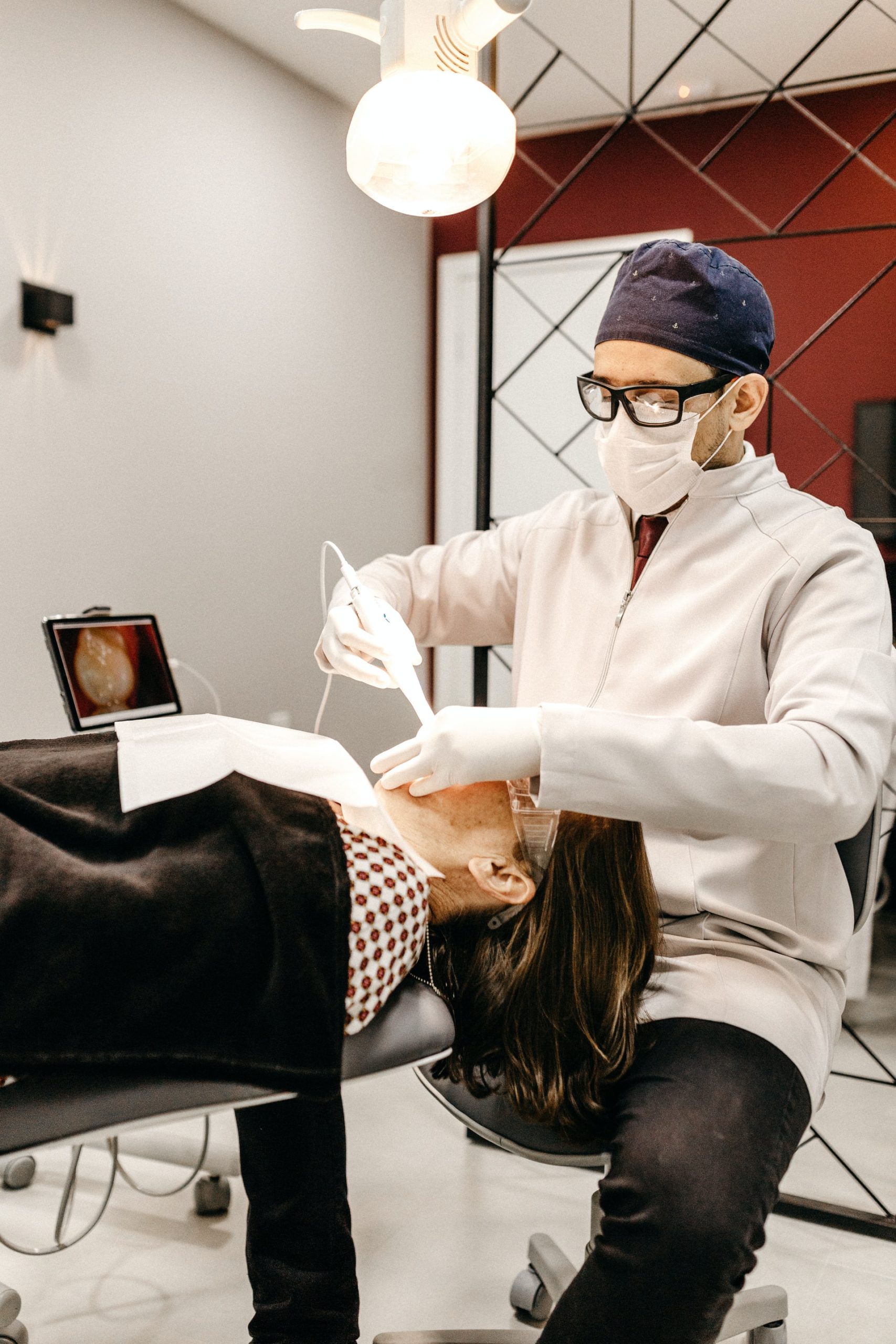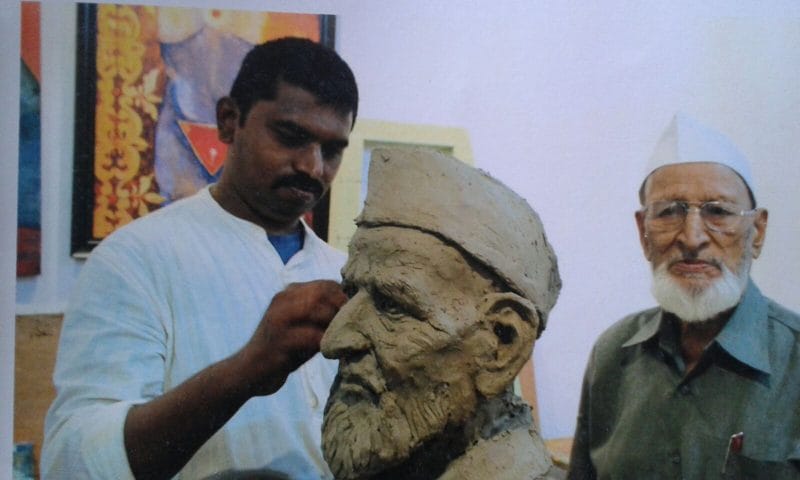Loss of adult teeth may be attributed to many causes. It may be an injury or trauma that knocked the tooth out or damaged beyond repair. Cavities and gum disease can also worsen to a stage that requires teeth to be removed. Genetics can also be a reason for congenitally missing teeth.
Not replacing a missing tooth can have serious repercussions. It can affect your appearance, nutrition, speech, bite, jaw joint, oral health as well as your emotional health. Fortunately, if you’ve got a missing tooth, there are several ways to fix it and get your smile back.
1. Dental Implants:
Dental implants are titanium fixtures that are placed in the jawbone surgically beneath the gums. They act as sturdy fixed anchors on which prosthetic teeth are placed. The implant effectively replaces the missing tooth’s root and it feels looks and functions just like natural teeth. The treatment time may stretch to a few months; however, a major advantage of a dental implant is that you don’t need to trim any of the adjacent teeth.
Considerations: Implants are not an option for all. It is a surgical procedure, and you need to be in good physical health for the treatment and healing. Secondly, only individuals who have healthy gums and a decent bone height are eligible for implants. Thirdly, people should also be prepared to engage in daily oral care and regular dental visits. Implants may cost more than other alternatives but in the long run, they are more cost-effective.
2. Fixed bridges:
A fixed bridge effectively fills a void created by a missing tooth using an artificial or dental prosthetic tooth. To support this false tooth, the adjacent natural teeth receive crowns that anchor the artificial tooth in place. A bridge is fixed so you wouldn’t have to remove it all the time, which gives it better functionality than removable options. It’s normally made of metal, porcelain fused to metal or zirconia. Bridges require lesser time to complete than dental implants.

Considerations: Bridges require trimming of adjacent natural teeth. A poorly designed bridge could also over time slowly damage adjacent teeth. Bridges are a bit harder to maintain, which could also lead to recurrent tooth decay.
3. Removable dentures:
This dental appliance consists of replacement teeth fixed to a metal or plastic base that matches the colour of your gums. These can be ‘partial’, where either one or a few teeth are replaced, or ‘complete’, where all the teeth missing in the jaw are replaced. Your natural teeth or jaw bone may secure and keep the base in place, or metal clasps may be required to help it remain in the mouth.
Considerations: As the name suggests, removable dentures should be worn only during the day and need to be taken out from the mouth for cleaning, and at night to allow your gums to recover. Dentures can be less stable compared to other options. Some people may feel uncomfortable with removable dentures, at least before they get adapted to wearing them.
If you lose a single tooth or several teeth, talk to your dentist about the ways how you can replace them. It can depend on several aspects which include your concerns, finances, and treatment goals. An in-depth discussion with your dental team will help decide which treatment option is most appropriate for you.


























